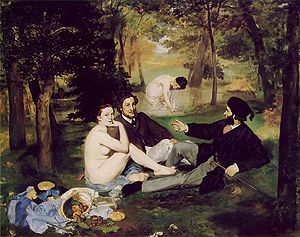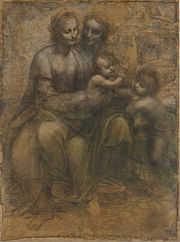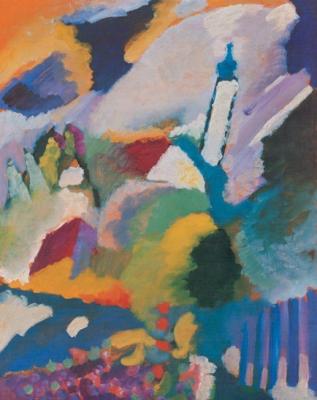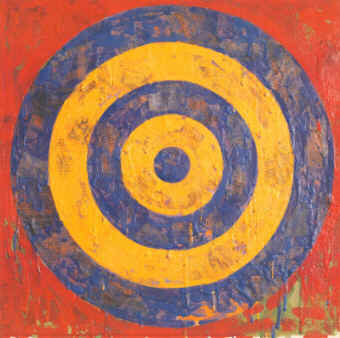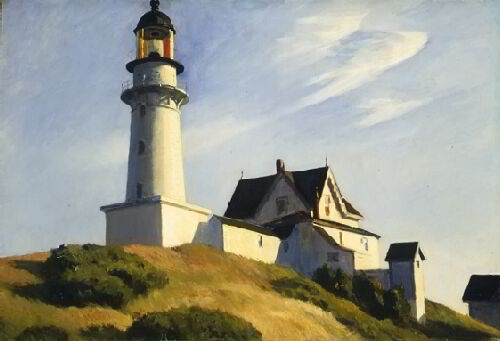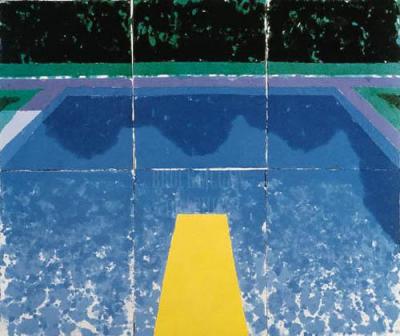 Madge Gill
Madge Gill (1882 – 1961), born Maude Ethel Eades, was an English artist. Born an illegitimate child in East Ham, Essex, (now Greater London), she spent much of her early years in seclusion and was placed in an orphanage at the age of 9. At the age of 25, she married her cousin, Thomas Edwin Gill, a stockbroker. Together they had three sons with their second, Reginald, dying of the Spanish flu. The following year she gave birth to a stillborn baby girl and almost died herself, contracting a serious illness that left her bedridden for several months and blind in her left eye.
After recovering from her illness, she took a sudden and passionate interest in drawing, creating thousands of mediumistic works over the following 40 years, most done with ink in black and white. The works came in all sizes, from postcard-sized to huge sheets of fabric, some over 30 feet (9.1 m) long. She claimed to be guided by a spirit she called "Myrninerest" (my inner rest) and often signed her works in this name. The figure of a young woman in intricate dress appeared thousands of times in her work, and is often thought to be a representation of herself or her lost daughter.
Gill rarely exhibited her work and never sold any pieces out of fear of angering "Myrninerest." After her first son, Bob, died in 1958 she started drinking heavily and stopped drawing. Following her death in 1961, thousands of drawings were discovered in her home; the collection is currently owned by the London Borough of Newham which has no plans to display them.
